CA2: Voice disorders
1/43
There's no tags or description
Looks like no tags are added yet.
Name | Mastery | Learn | Test | Matching | Spaced |
|---|
No study sessions yet.
44 Terms
Voice disorder (dysphonia)
voice characterised by an abnormality of pitch, volume, resonance and/ or quality that is inappropriate for the age, gender, or culture of the speaker.
Whats dysphonia?
A change in voice quality
Whats aphonia?
total loss or absence of voice

Anything wrong with this?
Normal larynx (not voicing)
pearly white moist vocal folds
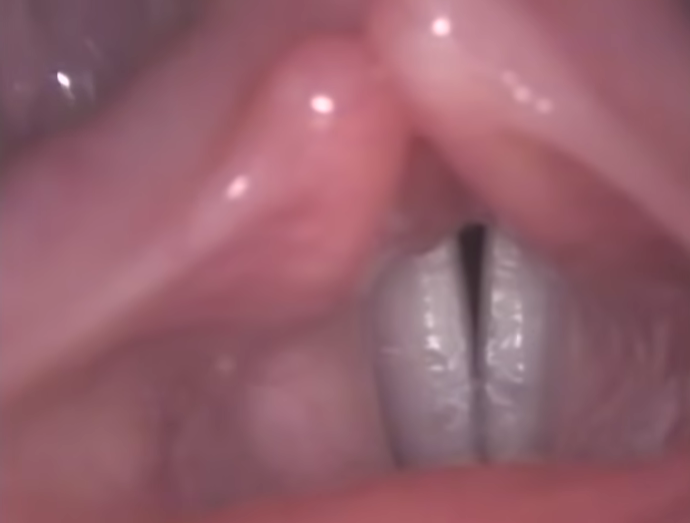
What is this?
Muscle tension dysphonia – Too much muscle tension when voicing, you wont see a good view of vocal folds. Tissues are a bit pink or red so patient could report some soreness in throat. Arytenoids may look puffy. Not to be confused with supra glottic squeeze (compensatory muscle tension)
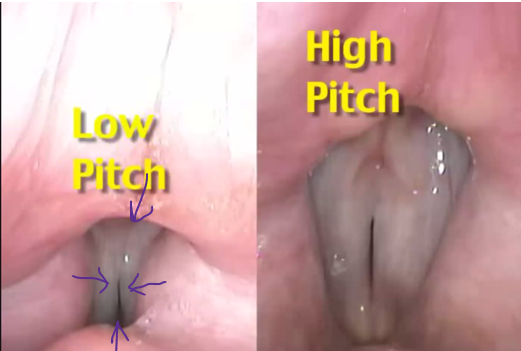
Whats this?
Supraglottic squeeze - muscles coming in from top, bottom and sides
What up with this?
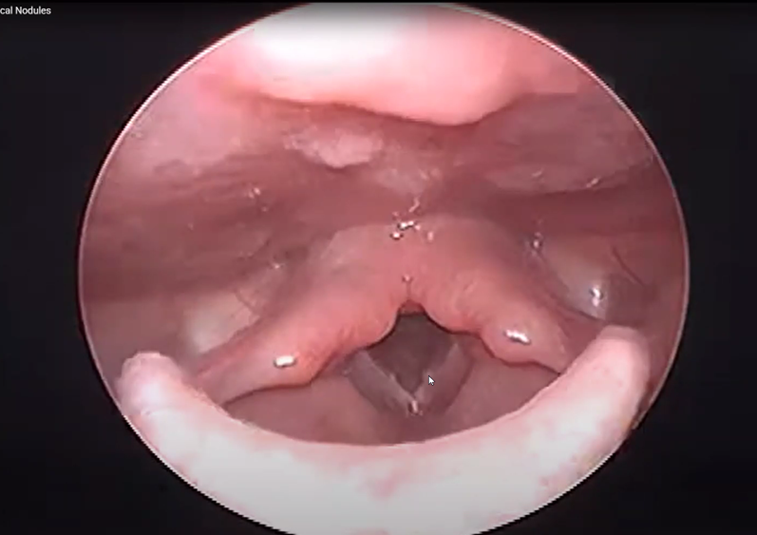
vocal nodules
Sounds very hoarse. Always bilateral – on both folds.
If you stop vocal abuse, the nodules can settle. If you carry on it gets harder and harder, nodules can start off soft like a starter blister.
Always same area - 1/3 up vocal chord
Whats up with this?
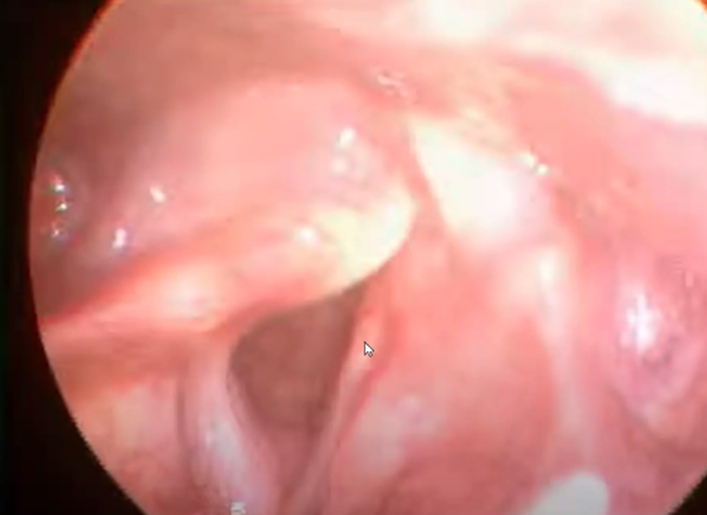
vocal fold palsy
Paralysis of vocal chord, vocal chord may be in fixed position unable to move. Will see asymmetry of vocal folds and arytenoids. Arytenoid may lose tone and flop over, obstructing larynx and causing problem with airway/ breathing. Little vocal fold vibration.
Whats up with this?
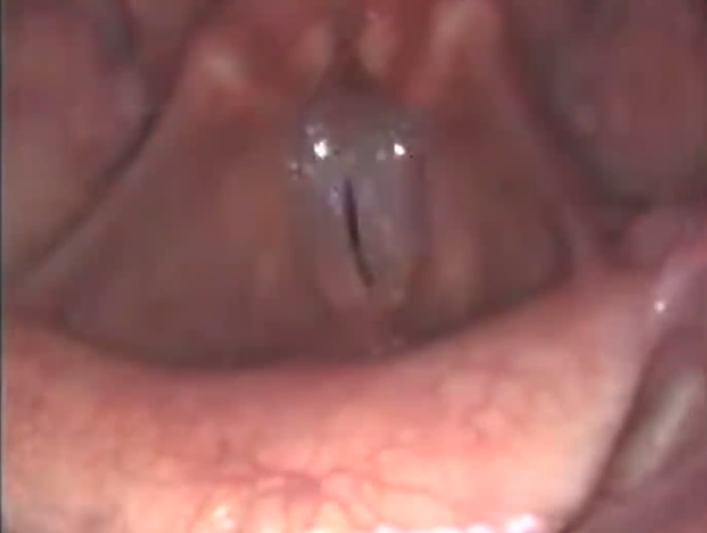
Reinkes edema
Social smokers get it more than heavy smokers, floppy sacs of fluid on vocal folds, need to get removed in surgery.
What does stroboscopy involve?
• Vocal folds vibrate too quickly for the naked eye to see the vibrations
• Flashes of light from the stroboscope are synchronised to the frequency of vocal fold vibration, but occur with a slight time delay.
• The viewer’s brain interprets the series of images of the vocal folds at different points in the vibratory cycle as movement.
• The result is that the vocal folds appear to be moving in ‘slow motion’ and we can see the detail of the vibratory wave.
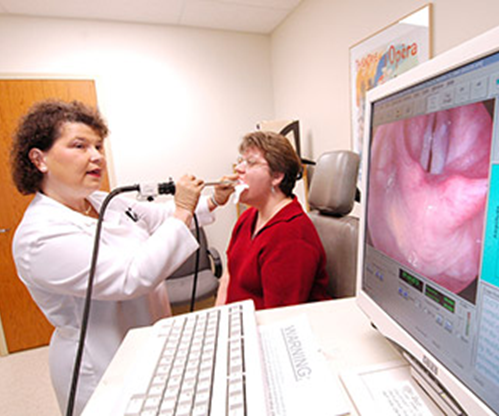
What are PROMs?
Patient reported outcome measures
• Voice handicap index (VHI)
• VHI-10
• Voice symptoms scale (VoiSS)
• Voice related quality of life measure (V-RQOL)
• Voice activity and participation profile (VAPP)
• Vocal tract discomfort scale (VTD)
How to sample someones voice?
• Conversation
• Reading (standard passage – e.g. Rainbow Passage/ Arthur the Rat – available on Moodle)
• Monologue (eg. What did you do yesterday? Tell me about your last holiday. Tell me about your journey here today.)
• S:Z ratio (Eckel and Boone, 1981) measures the comparative duration of sustained s and z phonemes. Should hols and z sound for 15 – 20 seconds (s is voiceless, z is voice sound). Can tell us about breath support
• Maximum phonation time – vowels (/a/, /i/, /u/) (should be ~15-20 seconds)
• Pitch glides (top to bottom, bottom to top, high to low pitch, how is their range? Can they control their pitch)
• Counting 1-5 increasing in loudness
• Vegetative sounds (eg. cough, throat clear, laugh, hmm, uh huh)
• NB confidentiality guidelines for audio recording
What is perceptual analysis?
Subjective judgment about the sound of the voice, what words might you use to describe a voice? Clients may not be familiar with SLT terminology
Perceptual assessments of voice on Moodle: Oates & Russell (1998) and CAPE-V (2006)
What are the categories in GRBAS perceptual rating scale?
• Grade – overall severity of voice change /disorder
• Roughness – irregularity in vocal fold vibration
• Breathiness – air escape between vocal folds
• Asthenia – weakness, lack of power
• Strain – related to excessive muscle tension / effort
Apart from GRBAS, what are other aspects of voice quality? PVDVVTNR
• Pitch – too high/too low
• Volume – too loud/too quiet
• Diplophonia - double pitch phonation
• Vocal Fry / Glottal Fry
• Vocal stability
• Tremor
• Nasality – hypo/hypernasality
• Resonance – chest/head/nasal
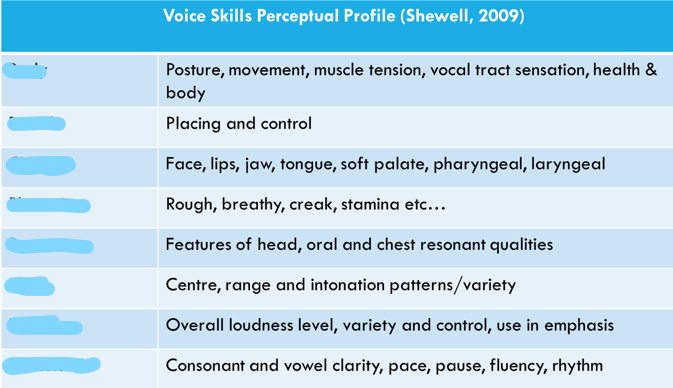
Regarding observational assessments, what aspects of voice quality do these descriptions describe?
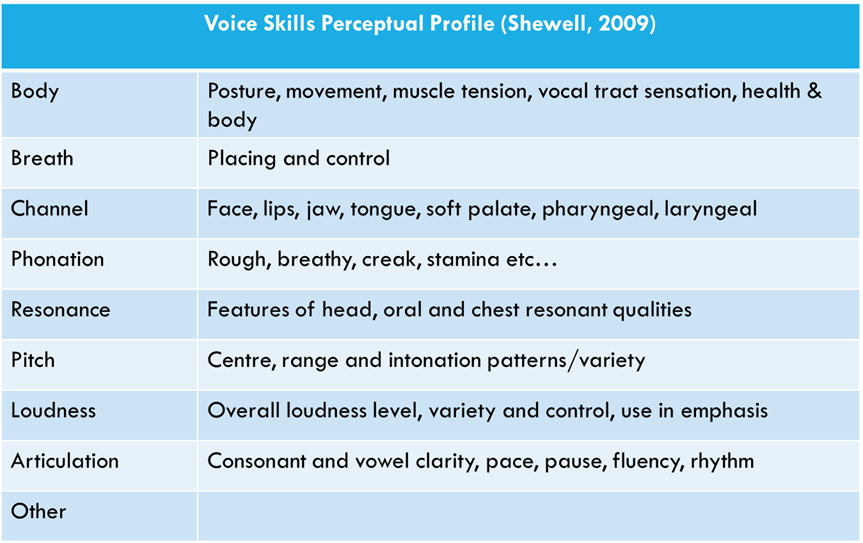
What does acoustic analysis look at? FAJSH
• Fundamental frequency (pitch)
• Amplitude (loudness)
• Jitter (variation in fundamental frequency)
• Shimmer (variation in amplitude)
• Harmonics-to-noise ratio
These are all objective measurements
What are the resonating chambers?
• Resonating chambers are: larynx, pharynx, oral cavity, nasal cavity.
• You are able to divert more or less air into these, and manipulate the shape or intensity of some of these vibratory chambers
• The chest also vibrates when phonating (more in men than women)
Factors impacting voice care/hygiene?
Hydration, reflux, breathing
Why is hydration important for vocal care/hygiene?
• Uppermost layer of the vocal folds is a mucosal epithelium
• Vocal folds require lubrication to produce a smooth mucosal wave
• Keeps mucous and secretions thinner and easier to clear; reducing risk of throat clearing
• Biochemical and physical protection against pathogens and particles
What is indirect or systemic hydration in voice care/ hygiene?
Based on systemic hydration, as liquids do not pass over the vocal folds when swallowed
Avoidance/reduction of caffeine (inc coffee, tea, cola)
Recommendations are 2L water per day for females, and 2.5L for males
More if any additional dehydrating factors (e.g. medication)
What is direct hydration in voice care/ hygiene?
Steam inhalation – clean steam (no astringents!) as moist gases pass over the vfs during inhalation
May help to soothe and relax tense musculature
May help with focus on breathing
May provide an opportunity for voice rest during a busy day (especially for professional voice users such as teachers)
Visual strategy that may help in a busy environment to signal voice rest to others
‘old school’ bowl, hot water and towel method;
‘new-fangled’ portable steamers;
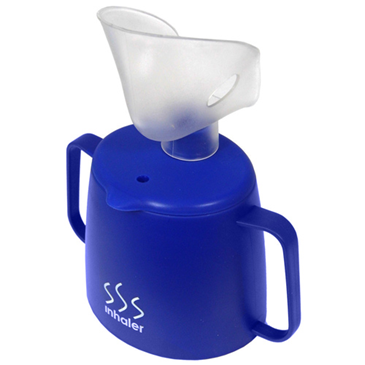
What can increase atmospheric hydration?
Humidifiers, bowls of water by radiator, open windows…
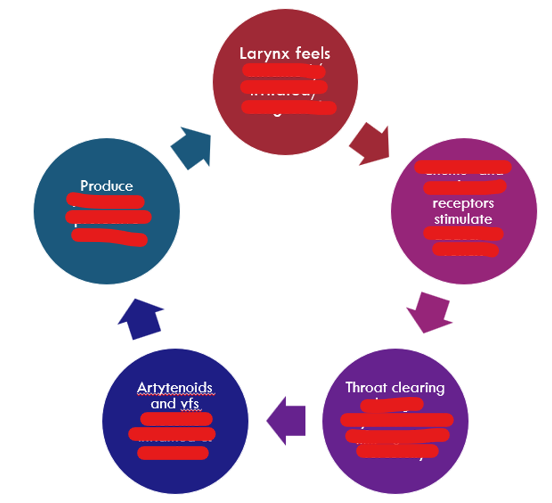
Why is throat clearing bad? Follow the cycle
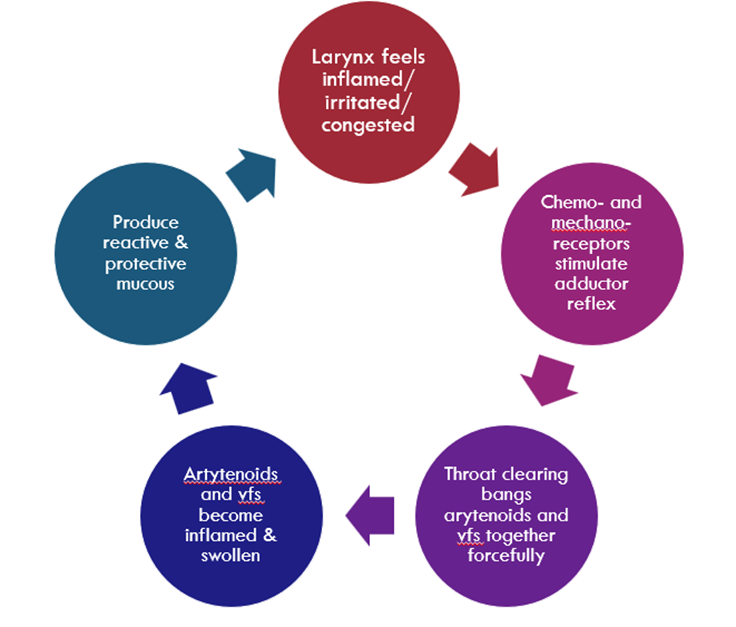
How to avoid throat clearing cycle?
• Sip water
• Hard swallow
• Huff/ hull
• Quick, short inhalations through nose
• Inhale through nose and exhale through pursed lips
Irritants and suggestions for throat clearing?
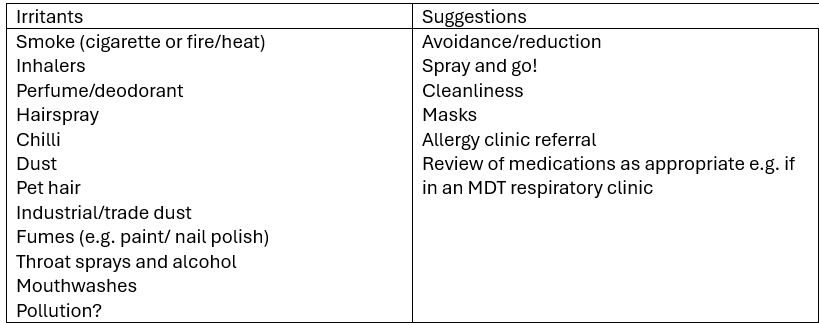
What is reflux in regards to voice care/ hygiene? 2 types of reflux
• Gastro-oesophageal reflux (GORD)
• Laryngo-pharyngeal reflux (LPR)
• Stomach contents: acid, bile and pepsin
• GORD can irritate oesophageal lining and can lead to Barrett’s oesophagus. Dysfunction of lower oesophageal sphincter.
• LPR can irritate pharyngeal/laryngeal structures. Dysfunction in upper oesophageal sphincter.

Observable characteristics of reflux on vocal folds?
• Red (erythema) swollen arytenoids (oedema)
• May be a characteristic blueish appearance to the tissues in the interarytenoid space
• Thickening of laryngeal tissues (hypertrophy - increase in muscle size)
• Swollen ventricular folds (+/- ventricular obliteration - loss of normal ventricular structure)
• Granuloma / granulation - small area of chronic inflammation in the body, characterized by a cluster of white blood cells
• Thick, sticky mucous (or perception of)
• Globus pharyngeus - the sensation of having a lump in your throat without any physical obstruction
• See Reflux Symptom Index (RSI)
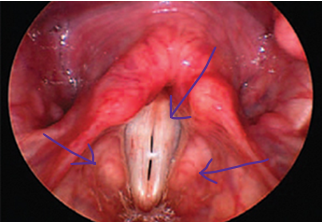
Patient symptoms of reflux?
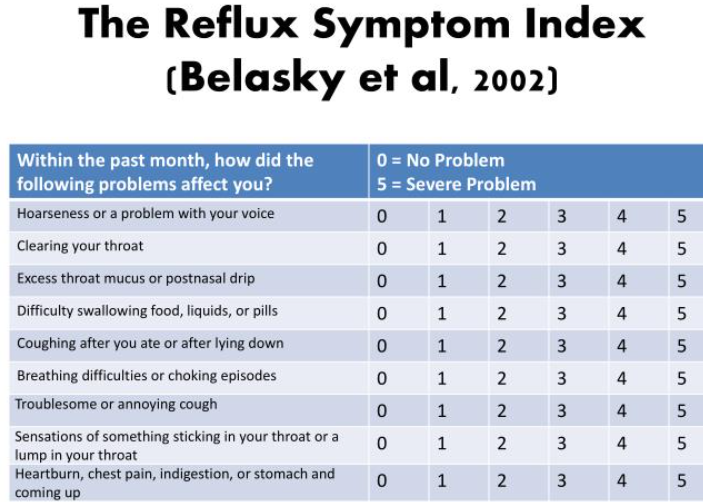
Management of reflux - PPI and A
• Proton Pump Inhibitors (PPIs – e.g. Omeprazole, Lansoprazole etc), increasingly less popular but reduce production of stomach acid
• Alginate (e.g. Gaviscon Advance) increasingly more popular. Natural compounds derived from seaweed that can help manage reflux symptoms by forming a gel-like barrier on top of stomach acids, preventing them from flowing back into the oesophagus.
Management for acid reflux (not medicinal)
• Diet (esp fatty, processed, spicy, acidic, chocolate) and volume/ timing of food
• Alcohol
• Caffeine
• Smoking
• Weight management and clothing
• Bed raise/left side lying/ inversion
Management for reflux - posture and alignment
• Neutral head position
• Relaxed, aligned shoulders
• Neutral spine (natural curves)
• Tilted pelvis
• Soft knees
• Support through legs and abdomen
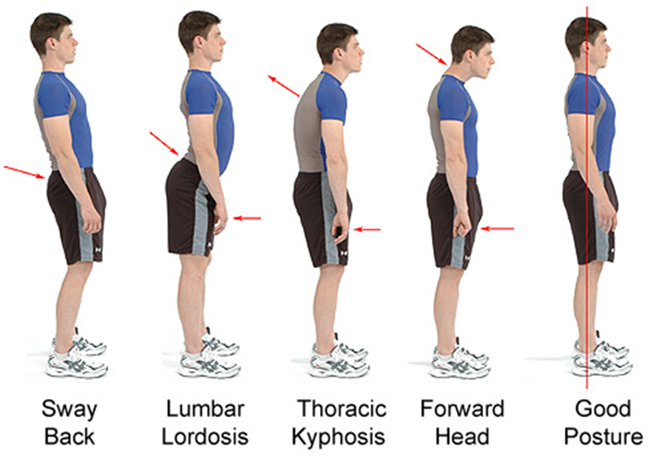
Why are cough/cold/throat medications sometimes bad?
They are typically numbing and astringent (a substance that shrinks or constricts body tissue) so you can’t feel the damage you are doing
Upper costal breathing vs diaphragmatic breathing
Upper costal - chest rises, upper lungs fill with air, little/no engagement or inflation of diaphragm and lower lungs, lower ribcage stationary
Diaphragmatic breathing - Chest and shoulders remain still and relaxed, diaphragm contracts and increasing thoracic space, air sucked into lower lungs, lower ribcage expands laterally, anteriorly (& posteriorly to some degree), diaphragm relaxes and thoracic space decreases on exhalation
problems and benefits of upper costal breathing
Problems: disrupts alignment, poor inflation, reduced capacity, limited breath for speech, shoulders tend to rise with chest (tension) and body slumps down and forward on exhalation
Benefits: normal for most people when awake, easier when sitting, maintains ‘desirable’ body shape
problems and benefits of diaphragmatic breathing
Problems: Requires some conscious effort and often training, involves abdomen expanding on inhalation – many people are uncomfortable with this! Intercostal muscles may have lost range/ease of motion with long-term disuse
Benefits: Allows maintenance of good posture, significantly larger breath capacity and therefore support for speech, allows engagement of abdominals to support exhalation
The greater the vocal demand, the more important efficient breathing is to protect the voice